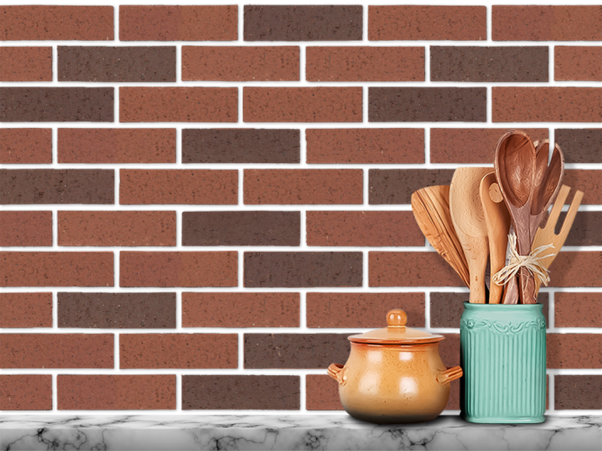Petra, the spectacular wonder of Jordan
Petra, the city literally dug into the earth, a UNESCO World Heritage Site, one of the 7 Wonders of the World, and which I had dreamed of so many times, finally appeared before my eyes. After taking Jordan Tours, I can guarantee that all those titles they hold are just a warning of what you are going to see and feel.
The emotion ran through my body, leading me to think of Johann Ludwig Burckhardt in 1812, when after many years of searching for the mysterious Lost City and converting to Islam, he obtained the most precious secret, the location of what is today the most important tourist attraction. from Jordan. Looking at this landscape, no one would ever think that Petra was there.
Ticket prices
The entrance to Petra costs 50 Jordanian dinars and 55 for two days, and in addition to seeing the city, you can go by donkey to the entrance of the Siq, included in the price, seeing the first Nabataean tombs that are found along the way, such as the Temple of the Obelisks. Although you can see everything in one day by entering first thing in the morning, my advice to quietly discover all its corners is to buy the 2-day ticket, which will allow you not only to see the most emblematic monuments but also to take hiking routes of 1 or 2 really interesting hours.
Siq
A narrow corridor which was an old water channel that was recovered to facilitate tourists’ access to the city, welcomes us, proving tremendously captivating. In the Siq, thanks to the fact that the Nabataeans were great hydraulic engineers, 19 springs flowed, filling this city in the middle of the desert with prosperity. During the tour, you can see the hidden water channels, safe from possible enemies, remains of the Nabataean road, small tombs, and different sculptures that protrude from the stone.
The Treasury
The enormous stones of the Siq reveal the imposing façade of the Al-Khazneh building, the Treasury, imagined a thousand times by everyone, even seen in the movie Indiana Jones and the Last Crusade. A truly impressive work of architecture of 39 m. high and 25 m. wide, sculpted in the rock above and below in a rudimentary way, helped by wedges of wet wood that split the rock as it expanded. Its location sheltered from the wind has helped its almost perfect state of conservation.
Theater
A large Roman-style Nabataean theater, with a capacity for more than 3,000 people, is evidence of the life that this city had, which was once inhabited by up to 30,000 people. The theater was one of the places that suffered extensive damage in the earthquake that devastated the city in 363.
The Tombs of the Kings
Going a little further into the city, to the right of the road, rise the royal tombs. The first of them called the Palace Tomb, hosted the burial of four kings, followed by the Corinthian Tomb which you will recognize by the columns of the same style, the Tomb of the Silk with wonderful colors on its façade, and finally the Tomb of the Urn, with a huge vessel at the entrance and converted into a cathedral by the Byzantines.
Can’t wait to get to Petra?


